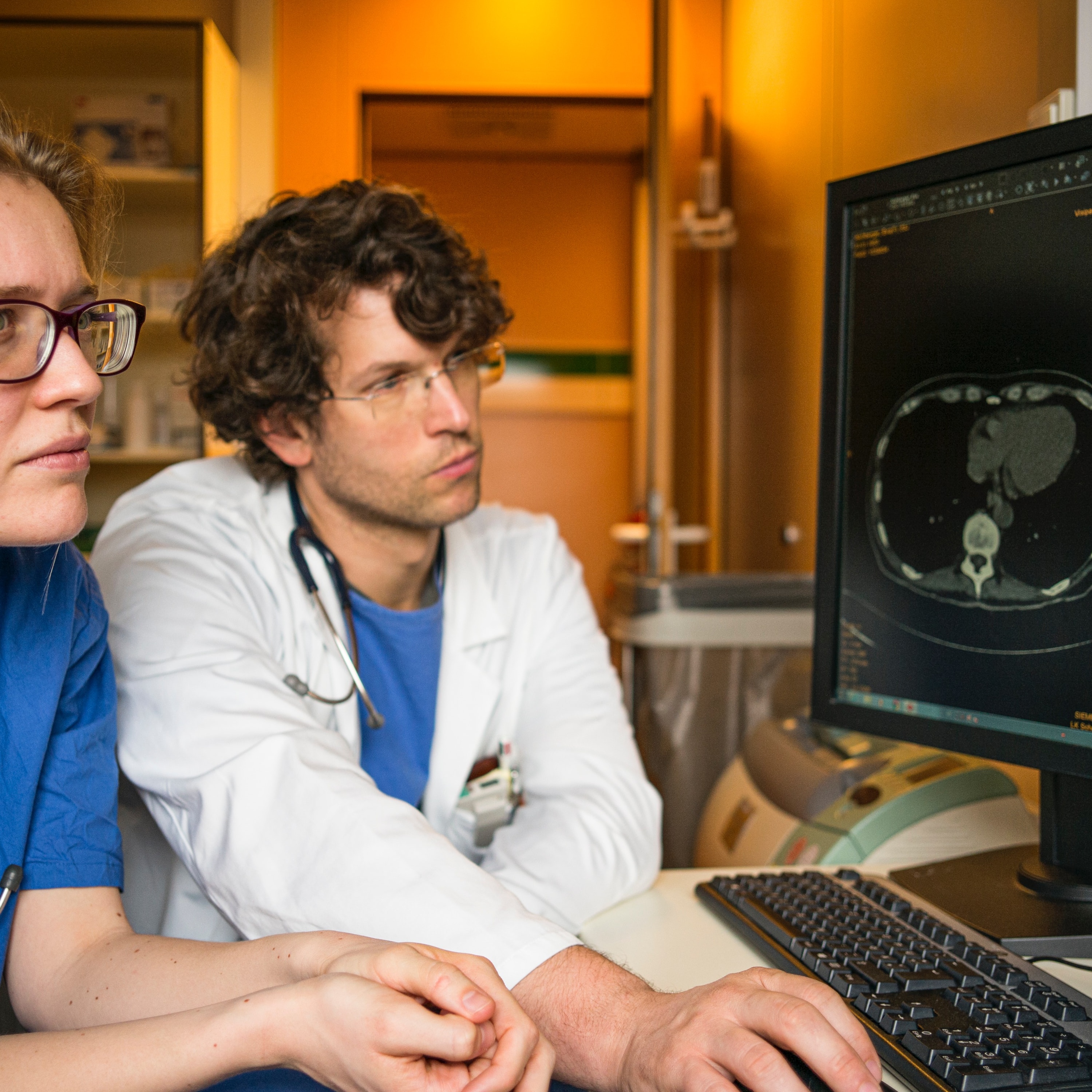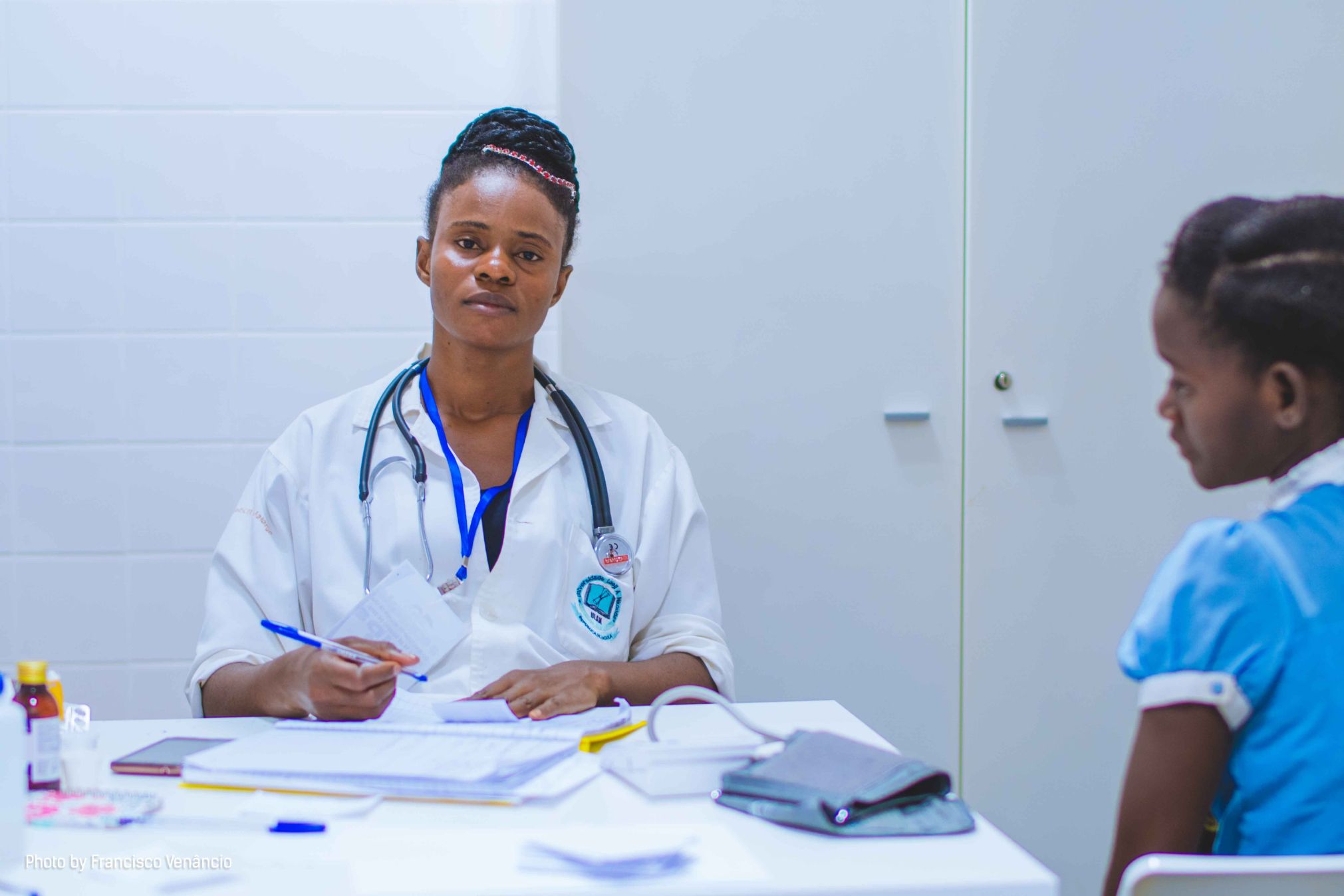The Liver’s Best Kept Secret
Pass USMLE Step 1, Step 2 CK and Step 3. Only the Best USMLE Prep Program provides the Best USMLE Review Course Content in this rapidly expanding universe of medical information. Become conversant with the new medical discoveries that is transforming our world.
The liver is located in the right upper quadrant of the abdomen. The functional units of the liver are the lobules, which contain the basic metabolic cells called hepatocytes. The lobules are held together by a fine, dense, irregular, fibroelastic connective tissue layer extending from the fibrous capsule covering the entire liver known as Glisson's capsule. The whole surface of the liver, except for the bare area, is covered in a serous coat derived from the peritoneum, and this firmly adheres to the inner Glisson's capsule.
The Glisson's capsule is a collagenous capsule covering the external surface of the liver. It consists of type III collagen and extends to the stroma of the endothelial sinusoids. It is rich in nerve endings, which makes it very clinically significant.
Several liver diseases cause right upper quadrant discomfort, and the pain arises from stretching or irritation of the Glisson's capsule. Expansion of the mechanoreceptors of the Glisson's capsule is responsible for the pain associated with conditions like hemangioma and perihepatic lesions.
Hemangiomas constitute greater than 50% of incidental solid liver masses and they are more common among women, typically within age 40-50 years. Most are discovered incidentally. Hemangiomas do not affect liver function tests and no tumor markers are elevated. They may cause right upper quadrant discomfort pain because of stretching or irritation of Glisson's capsule of the liver.
Another disease classically associated with irritation of Glisson's capsule is Fitz-Hugh-Curtis (FHC) syndrome, which occurs when an infection responsible for pelvic inflammatory disease (PID), spread along the pelvic peritoneum to reach the liver capsule, causing perihepatic lesions.
Perihepatitis is inflammation of the serous or peritoneal coating of the liver. Some patients have sharp pain in the right upper abdominal quadrant because of scarring and irritation of the Glisson's capsule of the liver.
Sometimes there may be little or no pelvic pain, vaginal discharge or cervical motion tenderness, due to the infectious bacteria bypassing pelvic structures on the way to the Glisson's capsule. This may lead to the diagnosis being missed. Common bacteria for this disease are Chlamydia trachomatis and Neisseria gonorrhoeae. A patient's failure to treat her previously diagnosed Chlamydia trachomatis led to this complication.
Recent studies have shown that cases of FHC syndrome due to infection with Chlamydia trachomatis outnumber those due to infection with Neisseria gonorrhoeae by a ratio of 5:1. Bacteroides spp. and facultative organisms such as Gardnerella, E. coli, Actinomyeces israeli, Mycoplasma hominis and streptococcus may also play a role in some cases but are less commonly involved.
Now, our question of the day is, which other diseases cause pain in the right upper quadrant secondary to stretching of Glisson's capsule? Can you name four more?
If you want to become very conversant with these critical, elemental concepts that must be mastered for success on the USMLE, then the best decision you can make is to join the USMLE Insider Prep Course. USMLE Insider offers a comprehensive review course for the USMLE Step 1, Step 2 CK, and Step 3 exams. USMLE Insider offers the best USMLE review course that a person can take.




